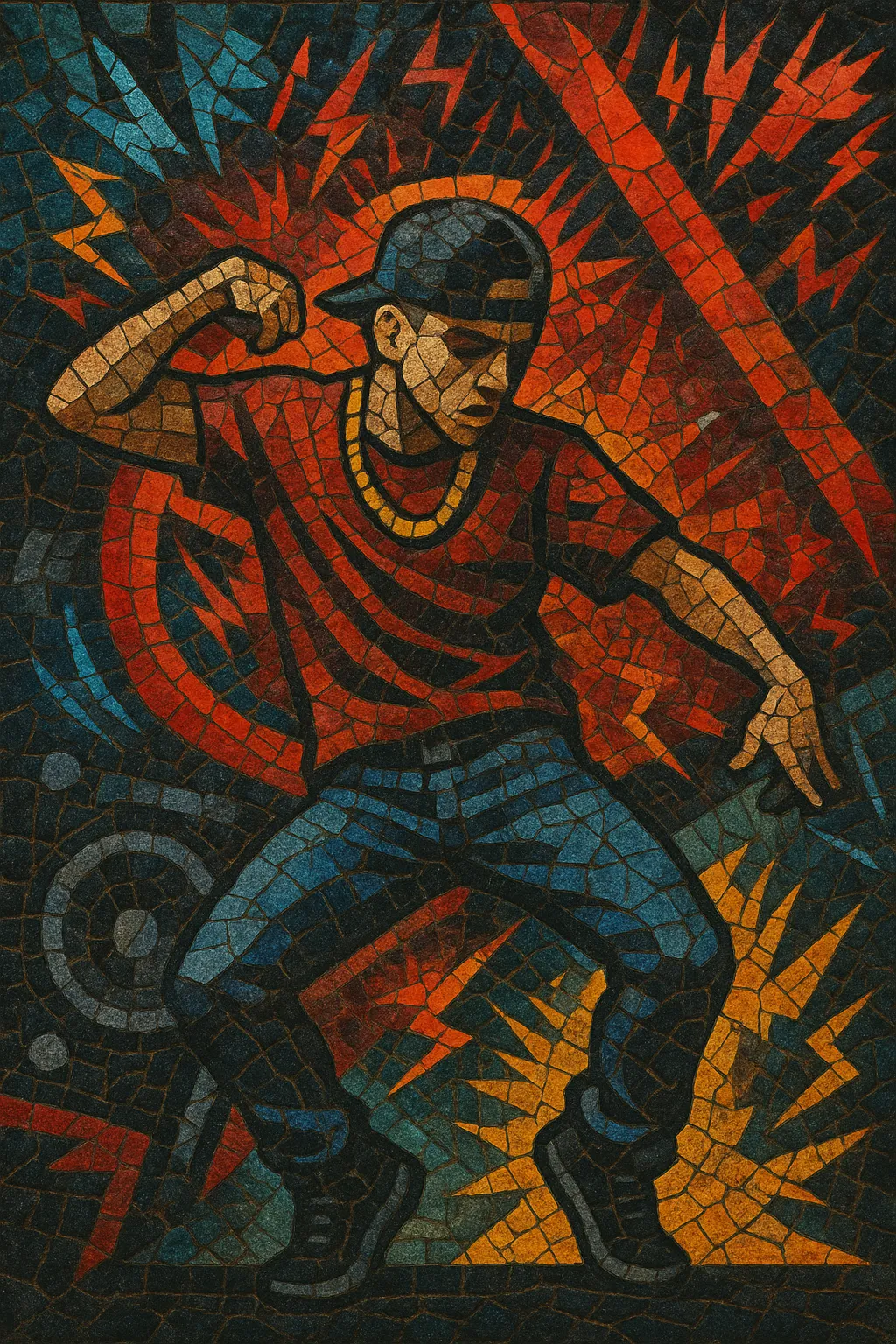RKT is a high-energy Argentine take on reggaeton that turns the dembow into a harder, club-optimized sound. Typical tempos sit around 95–105 BPM, with punchy kick–snare patterns, heavy 808s, and bright, in-your-face FX like sirens, horns, and risers.
It is built for dance floors and social media virality, favoring short, hooky vocal chants and straightforward verses over dense storytelling. The production emphasizes big drops, crowd-hyping ad-libs, and aggressive sound design that feels closer to DJ edit culture than traditional songcraft.
Sonically it bridges urbano latino, reggaeton, Argentine trap, and local party “cachengue” aesthetics, creating a festival-ready, streetwise style that is both raw and extremely danceable.
RKT emerged from Argentina’s party/DJ edit scene (often called “cachengue”), where DJs sped up and toughened reggaeton beats to energize local dance floors. Producers began blending dembow with trap-style 808s, loud FX, and crowd-chant hooks, shaping a recognizable club-first formula.
During the early 2020s, the sound spread rapidly through YouTube, TikTok, and DJ mixtapes, crystallizing under the label “RKT.” Argentine urbano artists and party DJs collaborated closely, pushing tracks designed for drops and dance challenges. Songs by figures like Kaleb Di Masi, Callejero Fino, and DJ-driven edits from Alan Gomez and DJ Tao helped define its sonic markers: mid-100s BPM, sirens/brass stabs, fat 808s, and simple, sticky hooks.
RKT became a staple of Argentine club culture and a frequent flavor in the urbano toolkit, intersecting with Argentine trap, cumbia-driven party music, and broader urbano latino pop. Its emphasis on drops and DJ-friendly structure influenced adjacent local styles (e.g., turreo), while continuing to feed festival and viral-video contexts.
RKT remains a kinetic, crowd-focused strain of reggaeton: louder, punchier, and optimized for instant dance-floor reaction, with releases circulating quickly via DJs, bootlegs, and social platforms.


